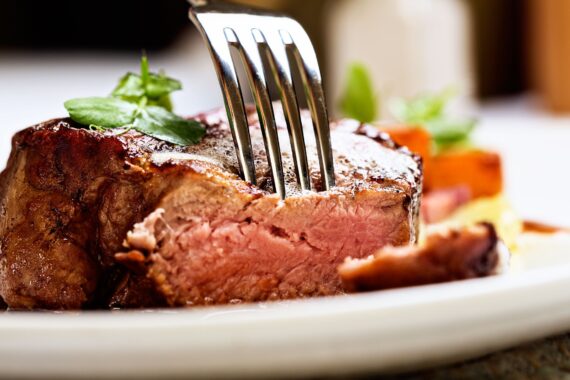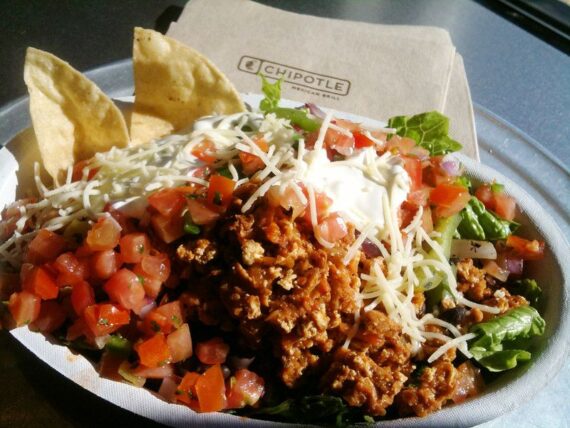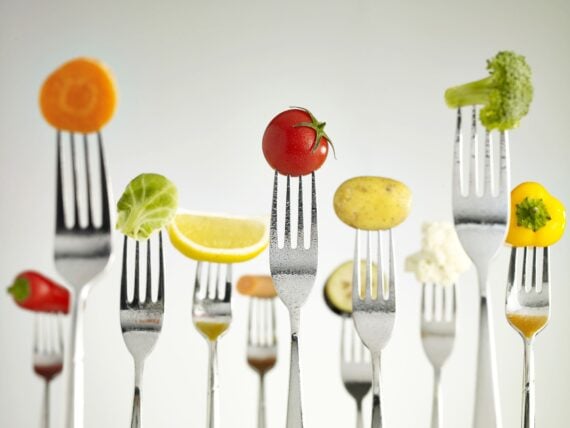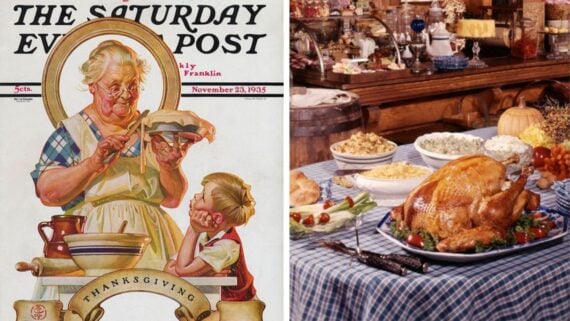Many of us have been led to believe that ordering a steak is a simple enough process. However, there’s plenty of room for error. From smothering your steak in ketchup to ignoring the grade of beef, there are a handful of ways you can go wrong.
We took a look at some of the common mistakes diners make when ordering a steak. Consider these carefully — you’re only helping yourself in the long run.
Ordering Your Steak Well-Done
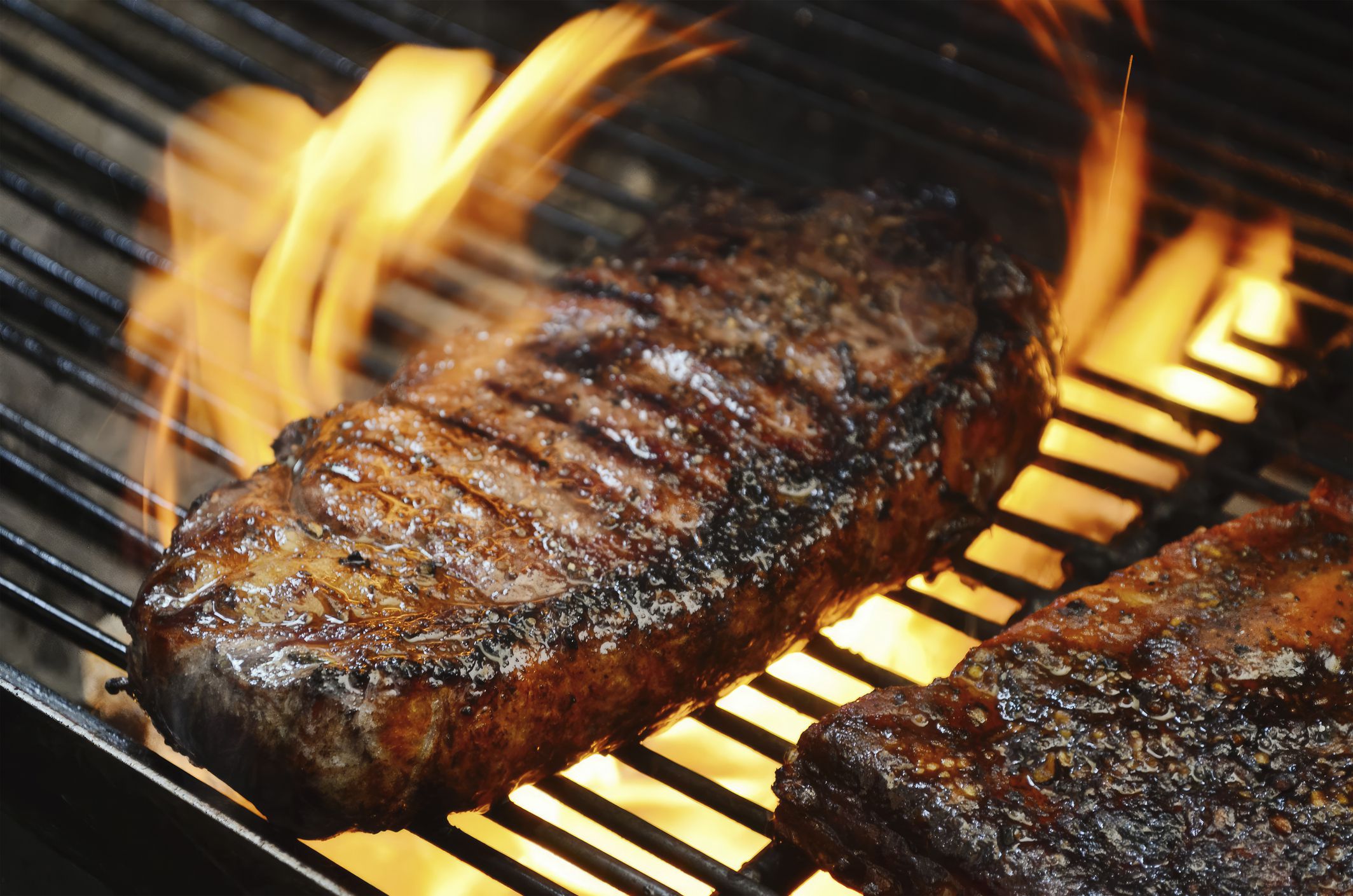
It’s simple. Just don’t do it. Ordering your steak well-done can literally end up offending chefs. If that isn’t enough to deter you, just consider the fact that the longer you cook a steak, the hotter the steak will get. In doing so, the steak’s muscle fibers end up getting firmer while all of the juices are cooked out. In a worst-case scenario for a well-done steak, you can even end up with a cut that has a grayish interior. Consider opting for medium-well if you like it on the more cooked side.
Dousing Your Steak in Steak Sauce or Ketchup
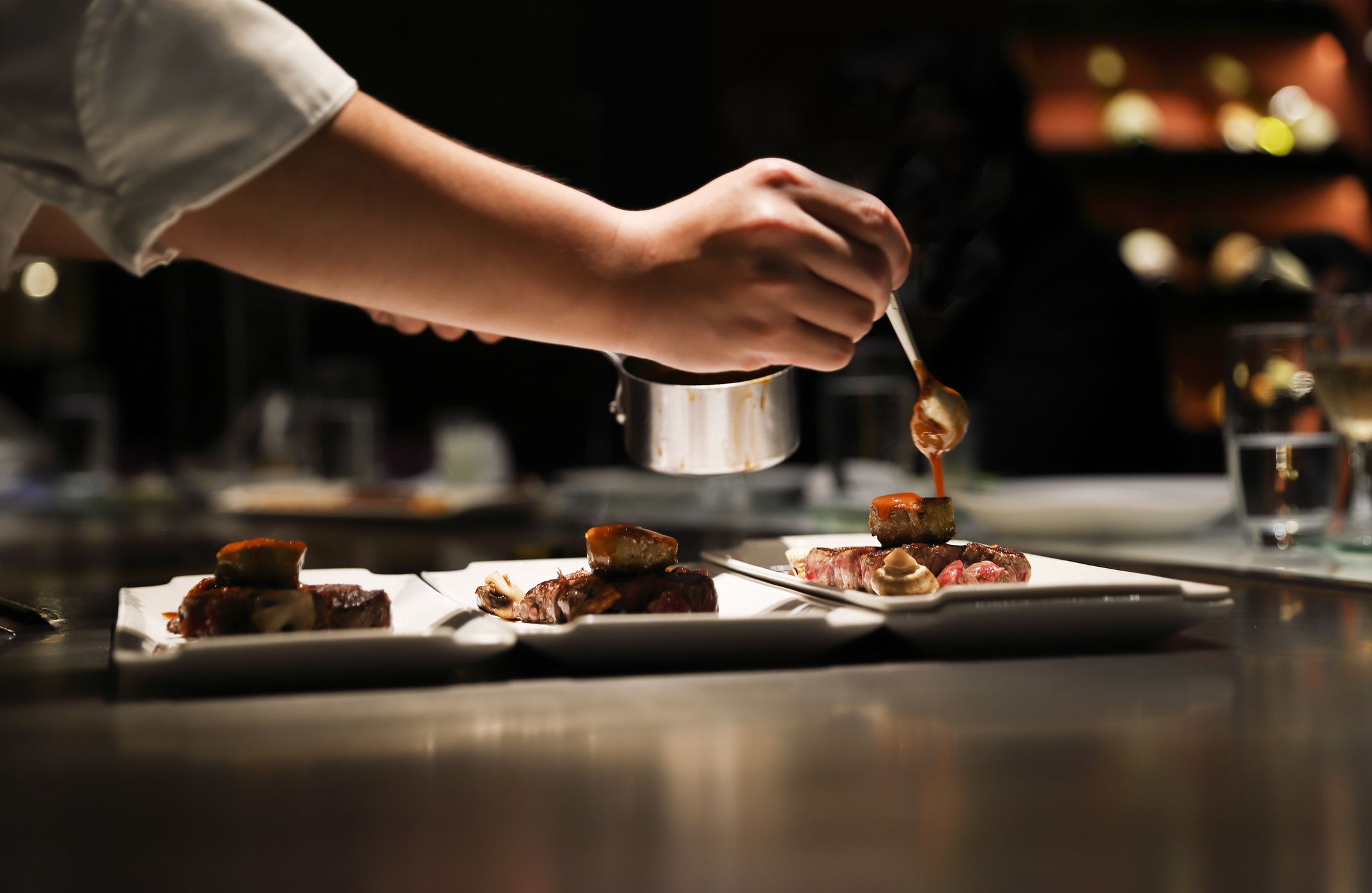
Ordering steak sauce to be served with your steak is already a faux pas in some restaurants, because it ends up overshadowing your steak’s flavor profile. Even worse? Ordering your steak with ketchup. Thankfully, only 5% of respondents in a recent consumer steak report insisted on ordering their steaks with ketchup. Don’t be among that 5%.
Ordering the Most Expensive Steak on the Menu
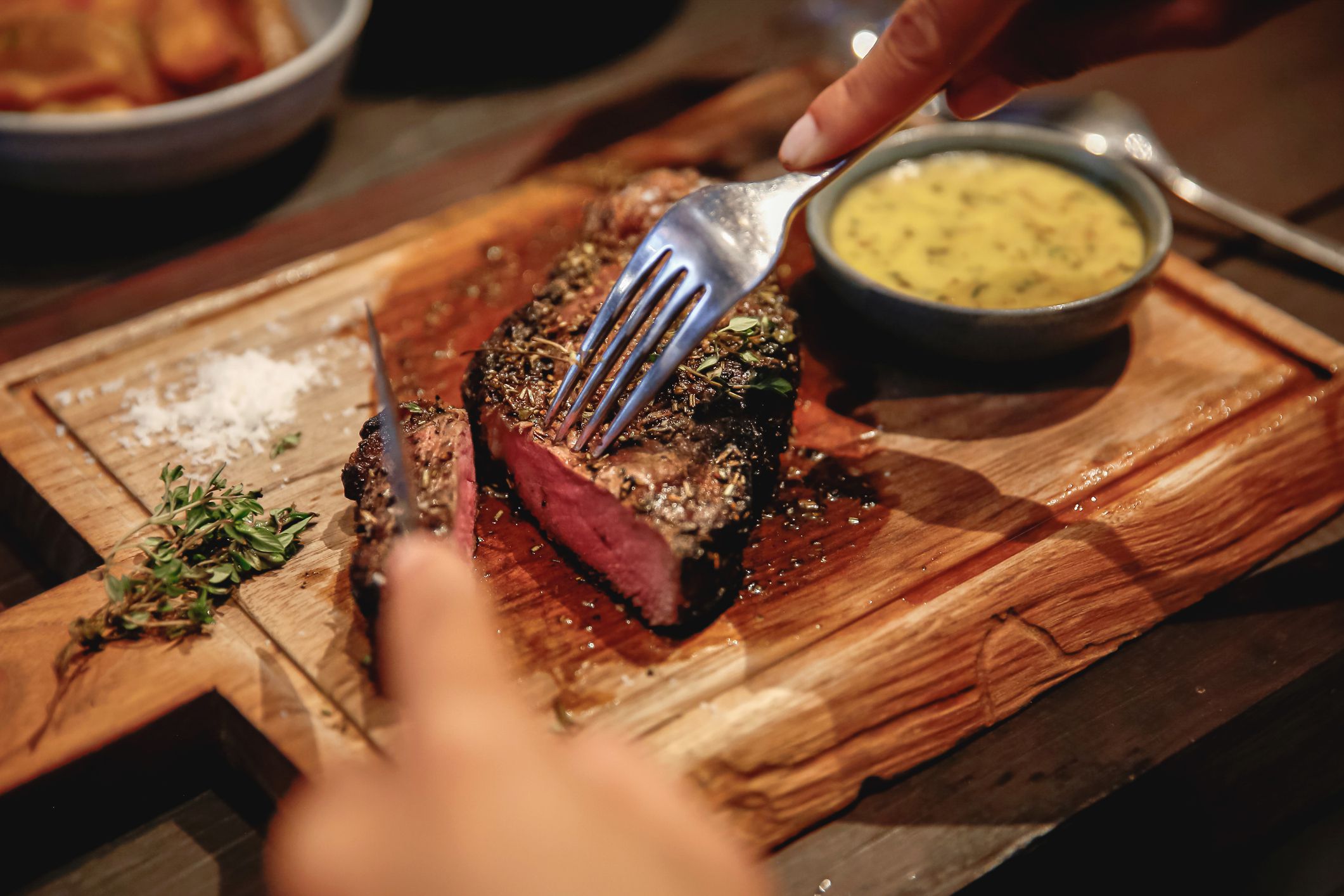
You wouldn’t necessarily be wrong for assuming that you’re guaranteed the best possible steak if you order the priciest cut on the menu. However, this isn’t always the case. Some steaks are simply pricier because they’re more tender. However, a steak being more tender isn’t always going to be more flavorful. Plus, whoever the chef is that’s preparing your steak could end up making a cheap steak taste exceptional due to their skill level. Give all cuts a chance, we say.
Not Bothering To Ask Questions
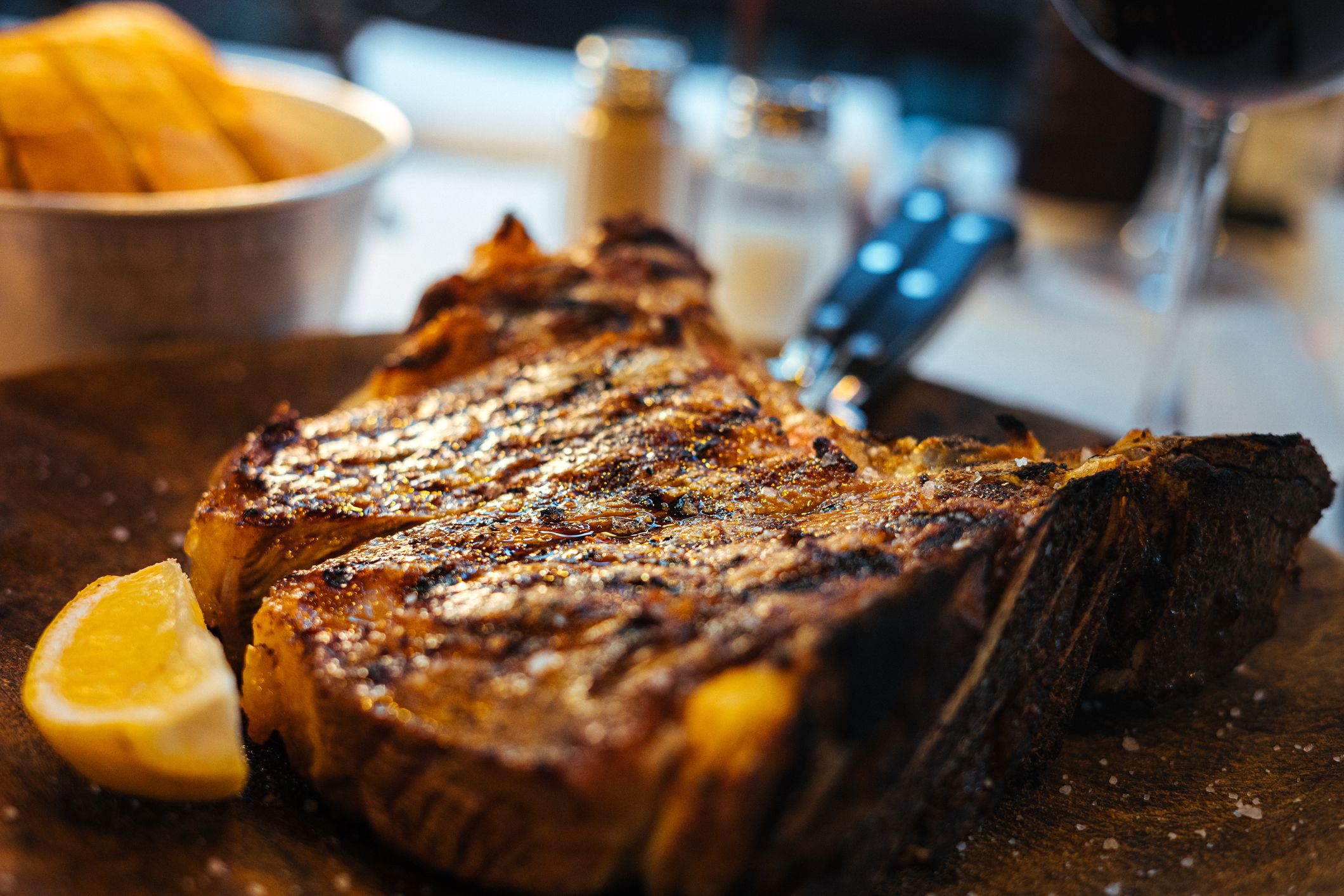
Ignoring a Bone-In Steak
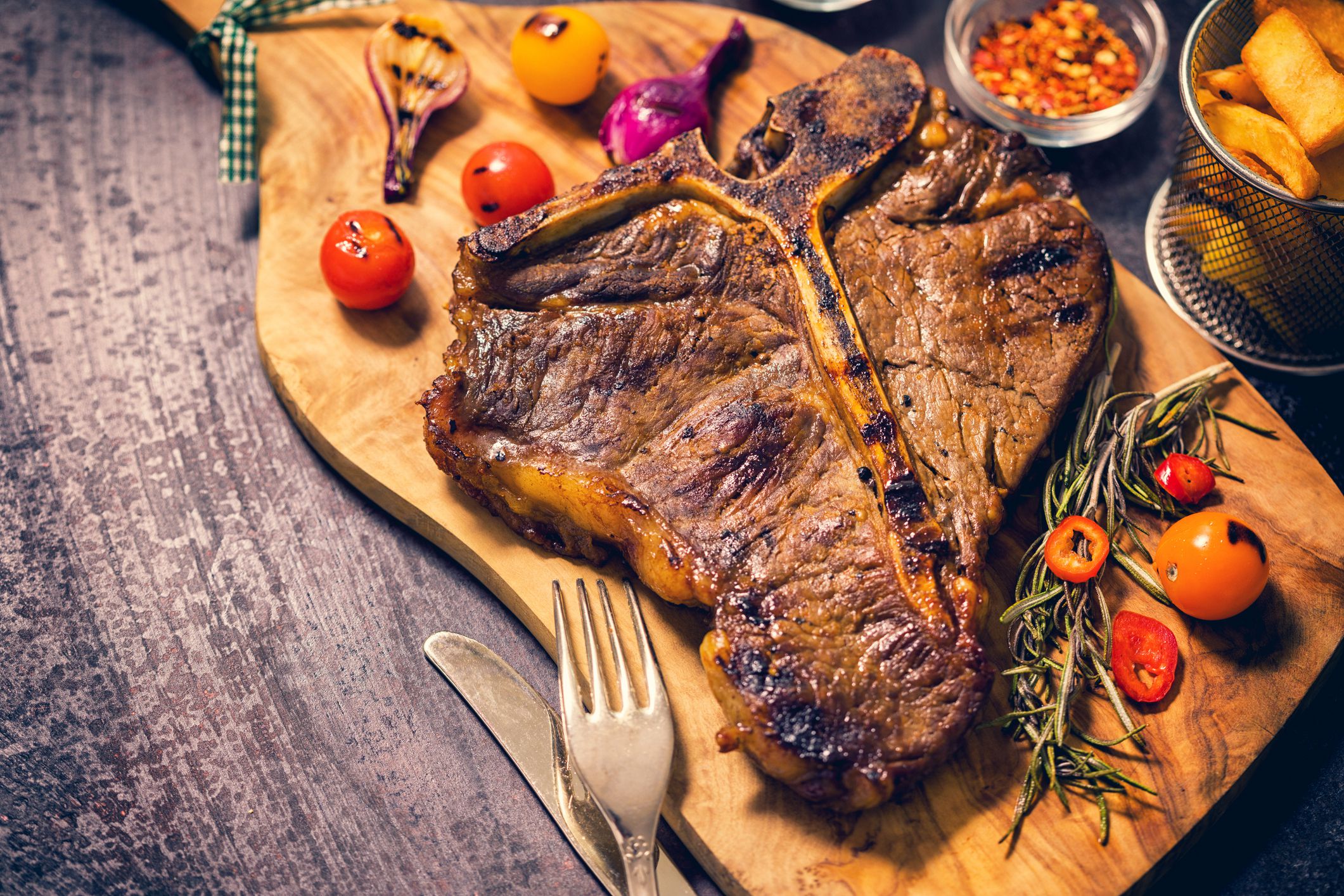
A bone-in steak might seem like a formidable option at first glance. It looks intense. However, numerous chefs swear that the marrow inside of a bone-in steak naturally leaks out during cooking, delivering a pleasant, buttery liquid that soaks into the steak. An additional reason to consider ordering a bone-in steak is that you’ll be able to enjoy two cuts of steak on one plate. A T-bone steak has the tenderloin part on one side and a strip on the other. This ties this whole steak together in such a way that your average steak fan will have their world rocked.
Trending on Cheapism
You Don’t Consider the Grade of the Beef

The U.S. Department of Agriculture separates beef into three different grades, which are intended to signify the quality of the beef. Prime beef is considered the highest quality within the beef grading system. This is the beef that’s most commonly found in steakhouses, and it’s sourced from the younger, healthier cattle with a supple supply of fatty marbling.
Next is Choice grade. This beef has less marbling, however, it’s still a great quality grade of meat and can produce wonderfully tender cuts.
Lastly, you have Select beef, which has less fat than the other two categories, and can even end up with less flavor and juiciness as well. You can see how oftentimes your best bet is to err on the side of choosing Prime beef.
For more restaurant tips, please sign up for our free newsletters.
